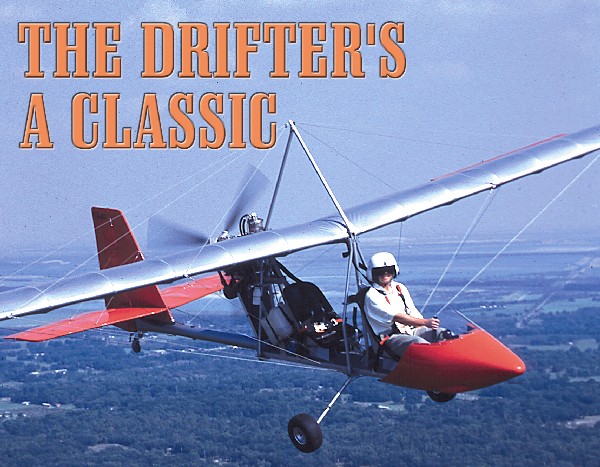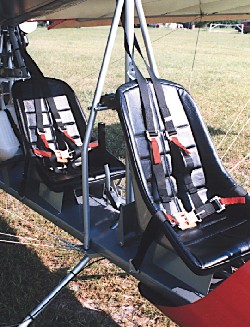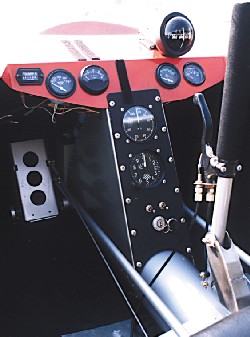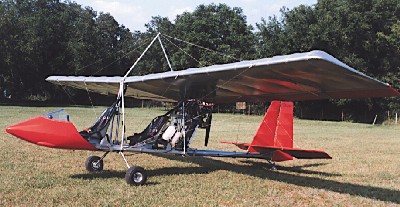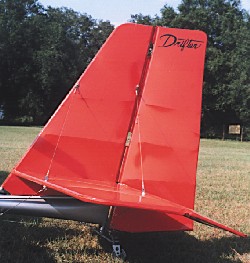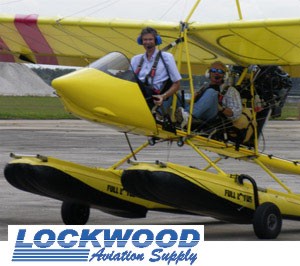
When I first met Phil Lockwood, he was selling Drifters. That was more than 20 years ago. In that time the venerable Drifter ultralight went through several owners and many changes. A Drifter model even hailed from Australia for a time. But in a combined deal including the Air Cam — which Phil designed — all design rights, inventory, tooling, documentation returned home…to Lockwood enterprises (Read July 5, 2006 SPLOG). A 7,000 square-foot addition enlarges Lockwood’s facility to house the new activity. On a tour of this facility after the Sebring Expo I saw the stockpile of components that demanded a new building. Initially Phil expected only to supply Drifter parts to service about 1,000 aircraft flying around the globe. But early demand has staffers shipping a few kits even while they complete the factory. Lockwood also plans to deliver full Air Cam kits bringing this hugely delightful aircraft back to regular production.



